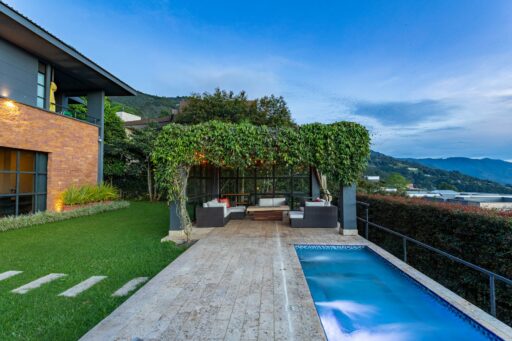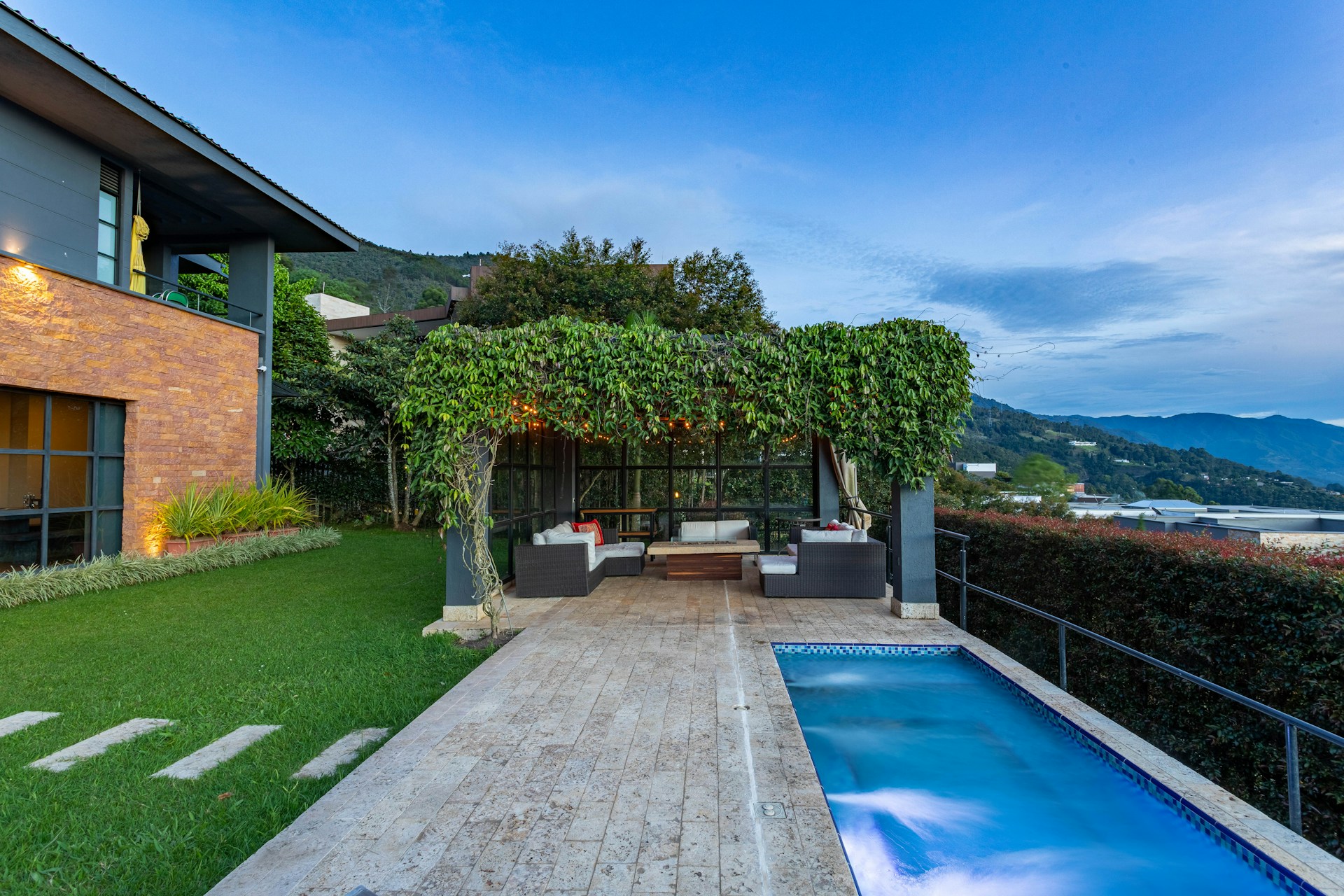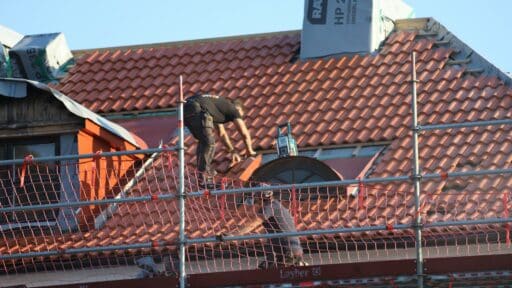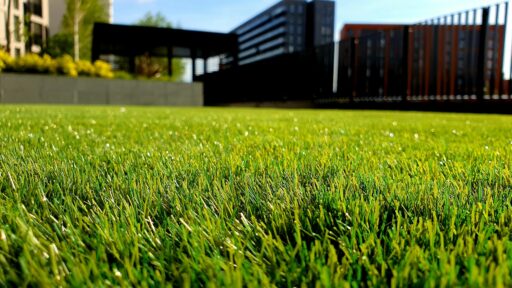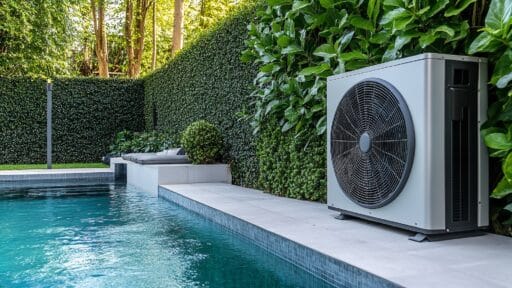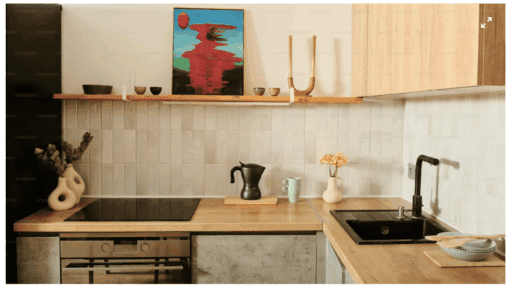Los Angeles has sun, heat, wind, and dust. Your pool feels all of it. If you want pool care that lasts, you need a plan that fits the city. Many owners search for pool maintenance in Los Angeles because they want clear water with less stress and waste.
This guide shows simple steps that work in our climate. You will learn how to balance water, run your system, and fix common problems before they grow. Use these tips to keep your pool clean, safe, and ready to enjoy.
Why Los Angeles Pools Need Special Care
Los Angeles has long sunny days, dry air, and strong UV. Wind can blow leaves and dust into your pool. In some seasons, ash can also fall. These factors raise the amount of chlorine you need and how often you clean. Local pros at AC Pools note that many LA homes also have hard water. Hard water leaves white scale on tile and stone if you let it build up.
Here is what makes LA pools different:
- Sun and UV break down chlorine faster. Without a stabilizer, your pool can lose sanitizer quickly.
- Dry air and heat increase evaporation. Your pool may need topping up more often.
- Wind and debris cause cloudy water and stress your filter.
- Minerals in hard water leave scale on plaster, tile, and equipment.
A plan that fits LA conditions will keep water clear and protect your gear.
A Simple Weekly Pool Care Routine in Los Angeles
A steady routine stops problems before they start. The team at AC Pools recommends a simple weekly checklist that most owners can follow in under an hour.
Skim and brush
- Skim leaves and debris from the surface.
- Brush walls, steps, and the waterline tile to stop algae and scale.
- Focus on shady spots and behind ladders where algae tends to start.
Vacuum or run a cleaner
- Use a manual vacuum or a robotic cleaner.
- Empty the cleaner canister or bag after each use.
Empty baskets
- Clean the skimmer and pump baskets.
- Check for broken basket tabs and replace if needed.
Test and balance the water
- Use a reliable test kit or test strips.
- Adjust pH, alkalinity, and chlorine to target ranges.
- Add stabilizer if needed, so the sun does not burn off the chlorine too fast.
Check the filter and equipment
- Look at the pressure gauge. If pressure is higher than normal, it may be time to clean the filter.
- Listen for odd pump sounds and check for leaks or air bubbles in the pump lid.
- Inspect o-rings and seals. Lube or replace if worn.
Shock as needed
- If the water looks dull or after a heavy swim weekend, add a shock treatment in the evening.
- Run the pump overnight to mix well.
This routine keeps your pool on track through hot months and windy days.
Water Chemistry Basics for Clear, Safe Water
Good chemistry is the heart of pool care. It keeps swimmers safe and protects plaster and gear. AC Pools advises staying within well-known industry ranges and making small, steady tweaks rather than big swings.
pH and total alkalinity
- pH target: 7.2 to 7.8. This range is gentle on skin, eyes, plaster, and equipment.
- Total alkalinity helps keep pH steady. Typical target is 80 to 120 ppm.
- If pH drops too low, water gets more acidic and can etch surfaces. If it goes too high, scale forms, and the water turns cloudy.
Sanitizer and stabilizer
- Free chlorine keeps water safe and clear. Many pools aim for 1 to 3 ppm.
- Cyanuric acid (CYA) protects chlorine from UV burn-off. A common target is 30 to 50 ppm for standard chlorine pools.
- Too little CYA means the sun eats your chlorine. Too much CYA slows chlorine action and can cause cloudy water.
Calcium hardness
- Calcium protects plaster and stops water from getting hungry for minerals.
- A typical target is 200 to 400 ppm, with some LA pools leaning a bit higher to match local water.
- Low calcium can etch plaster. High calcium can cause scale, especially on tile and at the waterline.
Testing schedule
- Test pH and chlorine 2 to 3 times per week in summer.
- Test alkalinity and CYA monthly.
- Test calcium hardness every few months or after large amounts of water are added.
Tip: Always add chemicals in small amounts, with the pump running, and retest after the water mixes. Slow, steady moves are safer than big jumps.
Filtration and Circulation Matter
Even perfect chemistry will fail without good flow. Your pump and filter move water, trap dirt, and spread chemicals evenly. In warm months, many Los Angeles pools run the pump long enough to turn over the entire pool at least once per day. This often lasts around 8 to 12 hours in hot weather and less in cooler months. Adjust for your pool size, pump speed, and bather load.
Filter care
- Cartridge filters: Rinse when pressure rises about 8 to 10 psi above clean-start pressure.
- Sand filters: Backwash when pressure rises and top off with a bit of fresh water as needed.
- DE filters: Backwash and recharge with the correct amount of DE powder.
- Keep a log of clean pressure so you know your baseline.
Circulation tips
- Aim return jets to create a gentle circular flow and a slight ripple on the surface.
- Point at least one jet down to move water from the deep end.
- Stagnant corners and steps are algae hot spots. Brush them weekly.
When water looks dull
- Check the filter first. A dirty or clogged filter is a common cause.
- Verify pump run time. Hot weeks and heavy use need more circulation.
- Review chemistry. Low chlorine or high pH often shows up as dull water.
Seasonal Challenges: Wind, Ash, and Heat
LA weather can swing fast. Santa Ana winds push dust and leaves into pools. In some years, wildfire ash can fall across wide areas. Heat waves can speed algae growth and raise chlorine demand.
How to respond
- After windy days, skim, brush, and run the pump longer. Empty the baskets and check the filter sooner than normal.
- If ash falls, keep people out until you clear the surface and filter the water. Vacuum to waste if heavy ash sinks to the floor, so you do not push fine ash back through the filter.
- During heat waves, test more often and raise your chlorine levels within the safe target. Check the stabilizer so the sun does not burn off chlorine too fast.
- Keep pH in range. High heat and heavy use tend to push pH up, which can cause cloudy water and scale.
A steady plan for these events is a key part of pool maintenance that homeowners can count on.
Preventing Scale and Stains in Hard Water
Many LA neighborhoods have hard water. White scale builds on the waterline tile and inside heaters if calcium and pH get too high.
Simple habits that help
- Keep pH and alkalinity in target ranges.
- Use a scale control product if your calcium is on the high end.
- Wipe the waterline tile each week while you brush.
- If scale shows up, address it early with gentle cleaning. Do not use tools that can scratch tile or plaster.
- For stains from leaves or metal, test to confirm the cause before treating. The right fix depends on the source.
Equipment Checks and When to Call a Pro
Some problems need expert hands. A trusted Los Angeles company can save time and protect your investment.
Call a pro if you see:
- Air bubbles in the pump or returns that do not go away after cleaning the baskets and tightening the lid.
- A sudden drop or jump in filter pressure with no clear cause.
- Green or mustard algae that return fast after brushing and shocking.
- Heater faults, leaks, or scale inside the heater.
- Cracks in plaster, loose tile, or a failing pump motor.
If you prefer a worry-free plan, many owners choose a recurring service so a tech visits each week and handles testing, cleaning, and reports. You can ask AC Pools about service plans that fit your schedule and budget.
Save Water and Money in Los Angeles
Water costs matter. So does energy. Small upgrades and habits can cut bills while keeping the pool crystal clear.
- Use a well-fitted pool cover when the pool is not in use. Covers reduce evaporation and help hold heat.
- Fix leaks fast. A small leak can waste a lot of water over time.
- Maintain the right stabilizer level so chlorine lasts longer in the sun.
- Consider a variable-speed pump. Running at lower speeds for longer can save energy while improving filtration.
- Backwash or clean filters only when pressure rises. Over-cleaning wastes water.
- Schedule robotic cleaners and pump run times for off-peak hours if your utility offers time-of-use rates.
- Trim trees that drop heavy debris into the pool. Less debris means less strain on your filter and pump. You can also explore some poolside storage hacks to keep floats, toys, and cleaning gear organized, making pool care faster and easier.
Simple Troubleshooting Guide
Cloudy water
- Check the filter and clean it if the pressure is high.
- Test and balance pH and chlorine.
- Run the pump longer to improve turnover.
Green tint
- Brush walls and steps.
- Shock in the evening and run the pump overnight.
- Recheck the stabilizer and chlorine the next day.
Strong chlorine smell
- This can mean not enough free chlorine, not too much. Shock to break down combined chlorine.
- Improve circulation and brush to expose trouble spots.
Rough or white film on tile
- Likely scale. Test pH, alkalinity, and calcium. Lower pH within the range and brush tiles. Consider a scale treatment if needed.
Building a Pro-Level Plan
Put your plan on paper. A written schedule keeps you on track and helps you spot patterns.
- Daily: Quick skim, check the surface, empty skimmer basket if full.
- Weekly: Full brush, vacuum, full test and balance, clean baskets, visual gear check.
- Monthly: Test alkalinity, CYA, and calcium. Inspect the filter condition.
- Seasonally: Deep clean filter, review pump run times, look for leaks, review tile and grout, service heater before cooler months.
If you need an expert eye, AC Pools can set up a custom plan based on pool size, finish, sun exposure, and use.
Conclusion
Los Angeles pools face bright sun, dry winds, and hard water. With a simple, steady routine, you can keep water clear and safe all year. Brush and skim weekly. Balance pH, alkalinity, and chlorine. Run your pump long enough to turn the pool over, and clean the filter when pressure rises. Respond to wind, ash, and heat with a little extra care. If issues grow, bring in a local pro. With these steps, your pool will stay crystal clear and ready for every sunny LA day.

